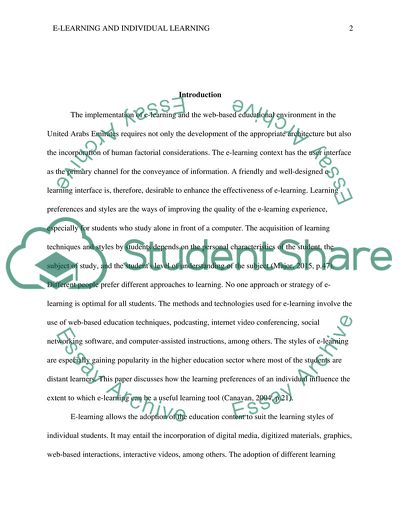Cite this document
(“How does an individuals learning style preference influence the extent Essay”, n.d.)
How does an individuals learning style preference influence the extent Essay. Retrieved from https://studentshare.org/human-resources/1694331-how-does-an-individuals-learning-style-preference-influence-the-extent-to-which-e-learning-can-be-an-effective-learning-tool
How does an individuals learning style preference influence the extent Essay. Retrieved from https://studentshare.org/human-resources/1694331-how-does-an-individuals-learning-style-preference-influence-the-extent-to-which-e-learning-can-be-an-effective-learning-tool
(How Does an Individuals Learning Style Preference Influence the Extent Essay)
How Does an Individuals Learning Style Preference Influence the Extent Essay. https://studentshare.org/human-resources/1694331-how-does-an-individuals-learning-style-preference-influence-the-extent-to-which-e-learning-can-be-an-effective-learning-tool.
How Does an Individuals Learning Style Preference Influence the Extent Essay. https://studentshare.org/human-resources/1694331-how-does-an-individuals-learning-style-preference-influence-the-extent-to-which-e-learning-can-be-an-effective-learning-tool.
“How Does an Individuals Learning Style Preference Influence the Extent Essay”, n.d. https://studentshare.org/human-resources/1694331-how-does-an-individuals-learning-style-preference-influence-the-extent-to-which-e-learning-can-be-an-effective-learning-tool.


